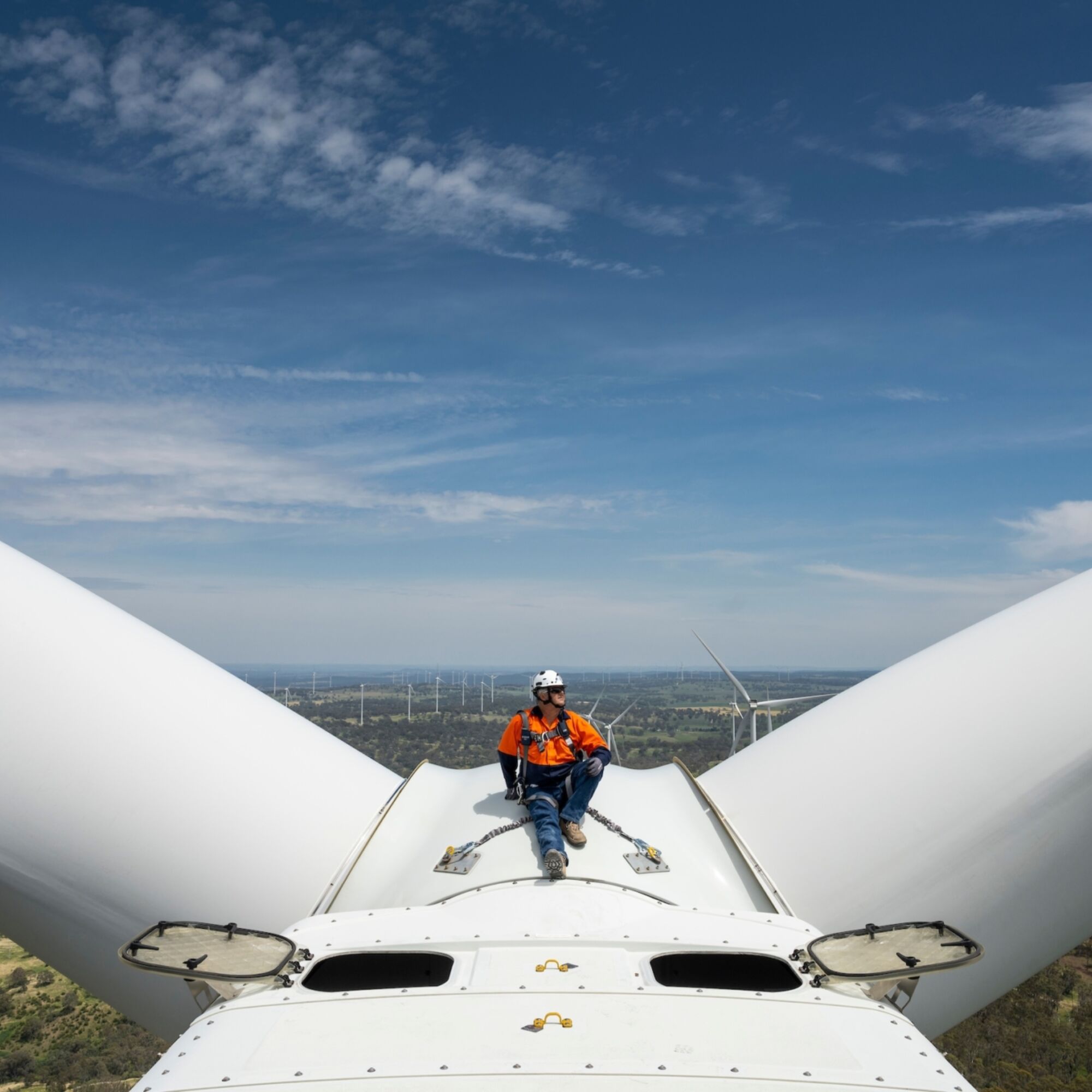
Squadron Energy shows community initiative through Best Practice Charter Report
A myriad of significant community programs and local initiatives supported by Squadron Energy have been featured in the latest Best Practice
Our projects
Battery size and duration
Planning

A myriad of significant community programs and local initiatives supported by Squadron Energy have been featured in the latest Best Practice
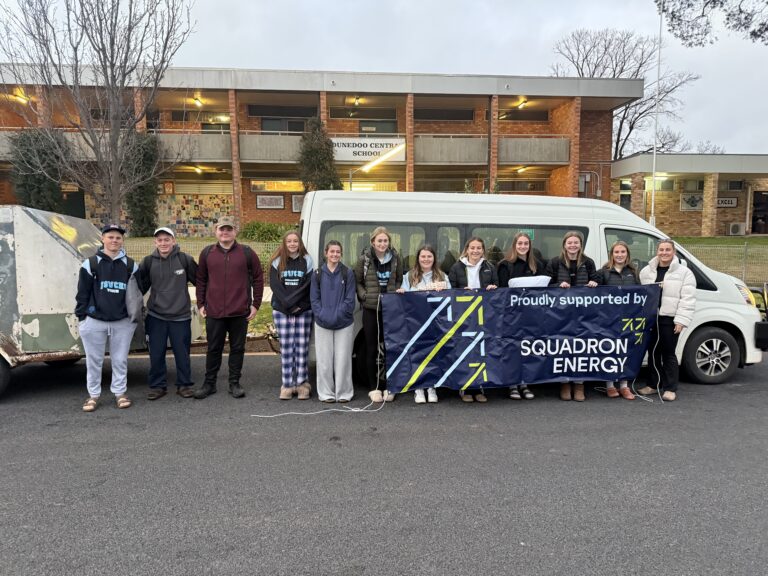
Dunedoo Central School had an unforgettable adventure as Year 11 students took to the snow on a trip to Perisher
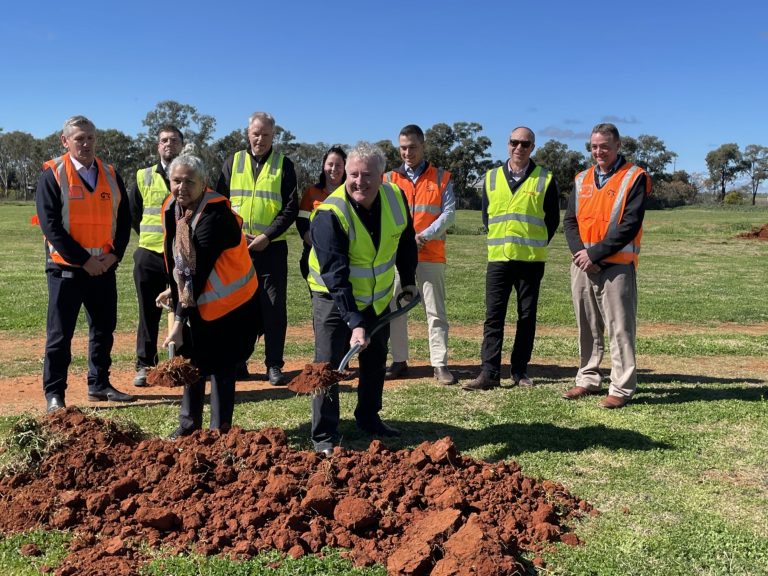
Construction is officially underway for a new advanced wastewater treatment facility in Dubbo, with Squadron Energy, Australia’s leading renewable energy
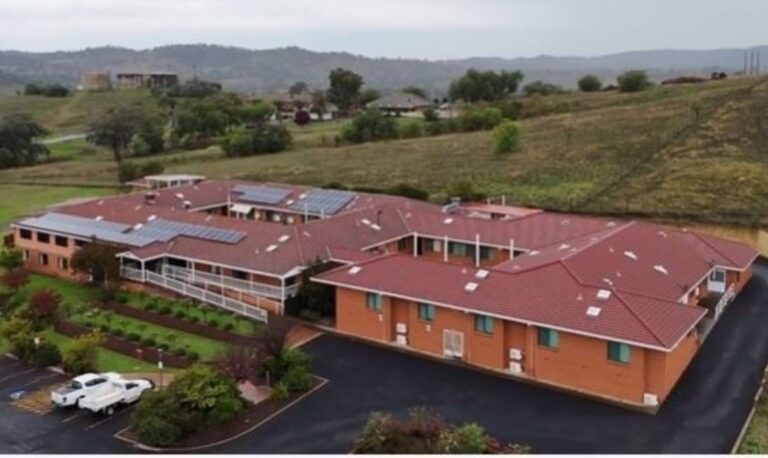
Squadron Energy, Australia’s leading renewable energy company, is upgrading a former nursing home in Wellington to provide temporary accommodation for
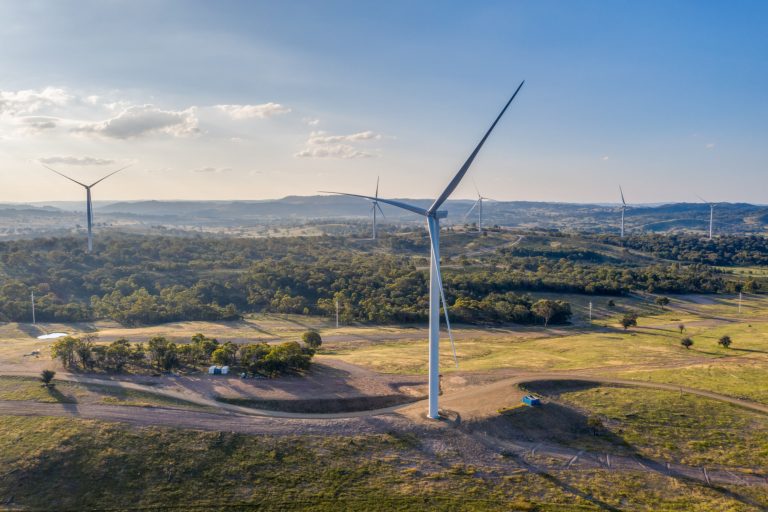
Squadron Energy welcomes today’s announcement by the NSW Minister for Climate Change and Energy, Penny Sharpe that Australia’s first declared Renewable Energy
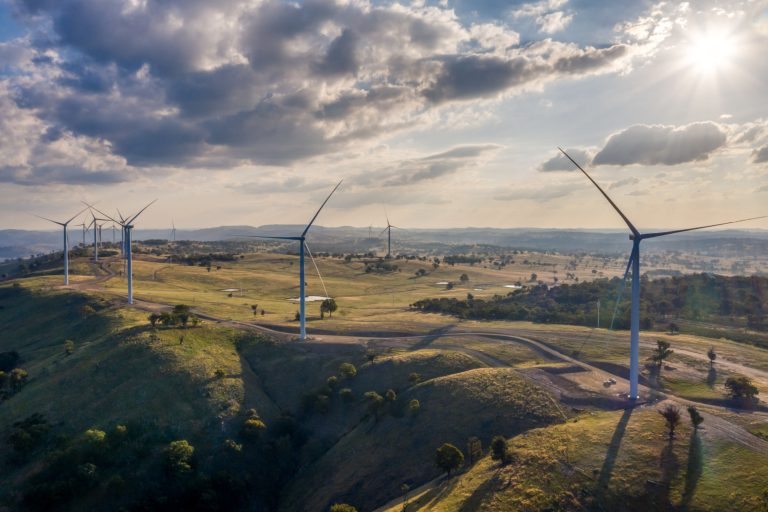
Squadron Energy welcomes progress on the implementation of the Federal Government’s Developer Rating Scheme, which aims to promote best practice engagement among
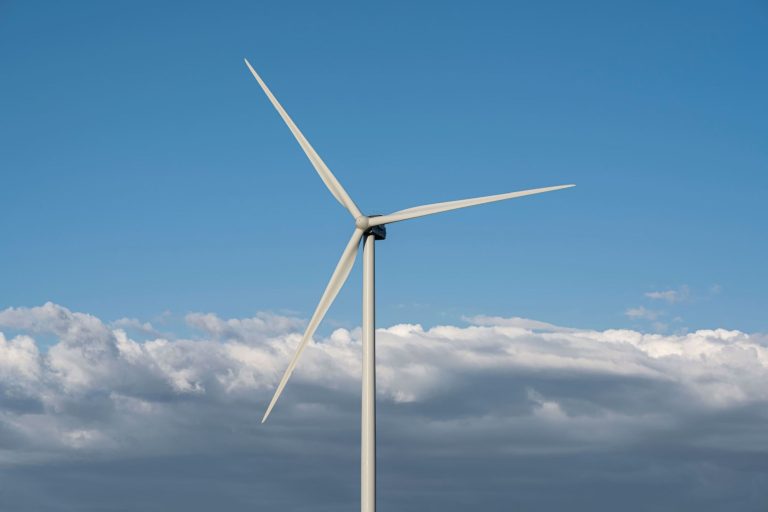
Curious about wind energy and how wind farms work? Here are the answers to some of our most frequently asked questions at
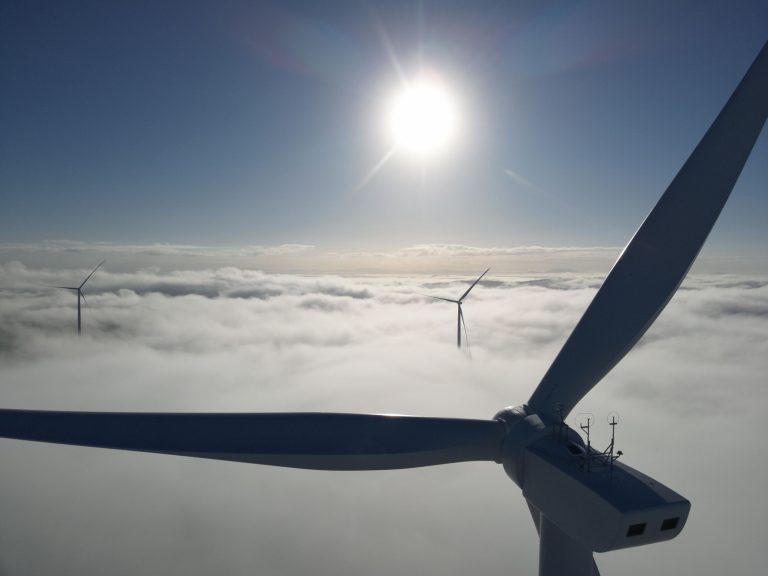
It has been a busy year for Squadron Energy. Read about our progress this year in our Year in review.
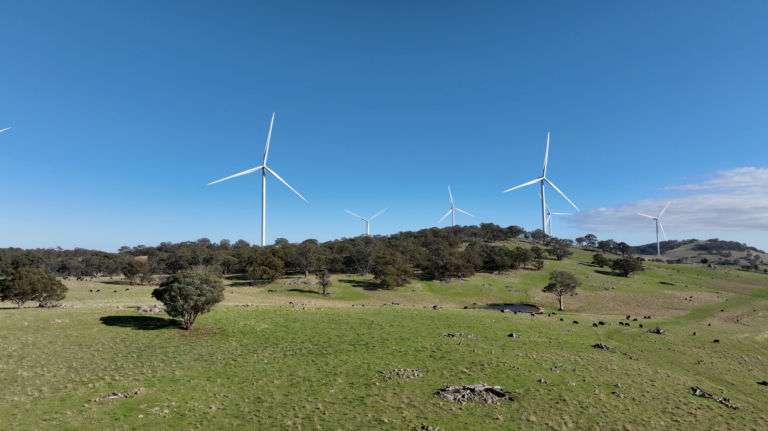
Squadron Energy, Australia’s leading renewable energy company, has welcomed news its Spicers Creek Wind Farm in New South Wales has been selected
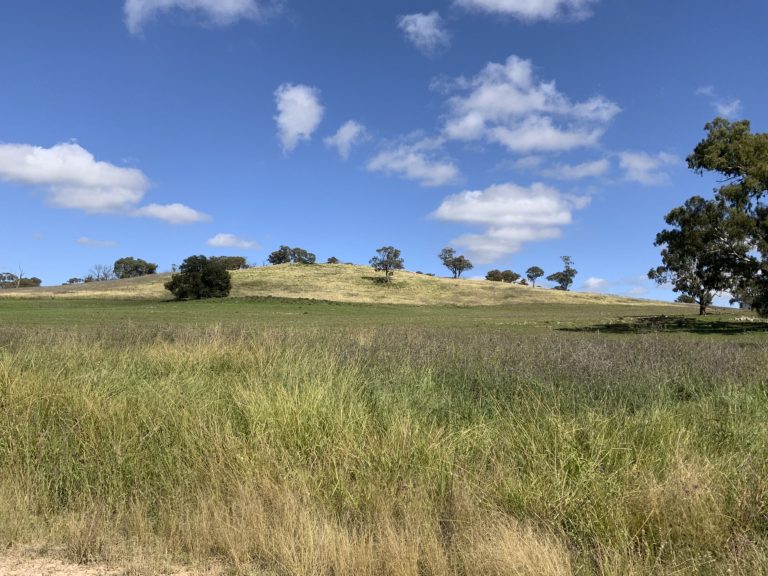
Squadron Energy is one step closer to starting construction on Spicers Creek Wind Farm with NSW Independent Planning Commission (IPC)

Squadron Energy, Australia’s leading renewable energy company, is inviting businesses local to the Central-West Orana Renewable Energy Zone (REZ) to

The latest Electricity Statement of Opportunities (ESOO) from AEMO is a welcomed confirmation that renewable energy generation is on track to replace exiting coal
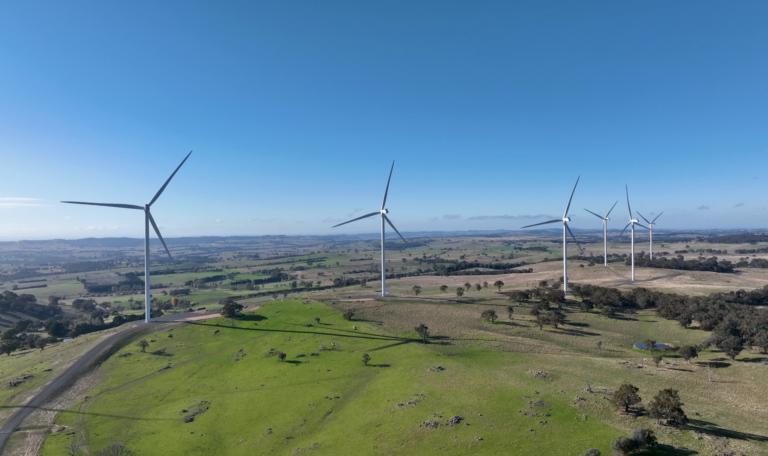
Squadron Energy CEO Rob Wheals said: “The 2024 Integrated System Plan (ISP) reaffirms the comprehensive planning and implementation done to date on

The local community came together on Wednesday 19 June to officially open Squadron Energy’s new office in Wellington NSW, further
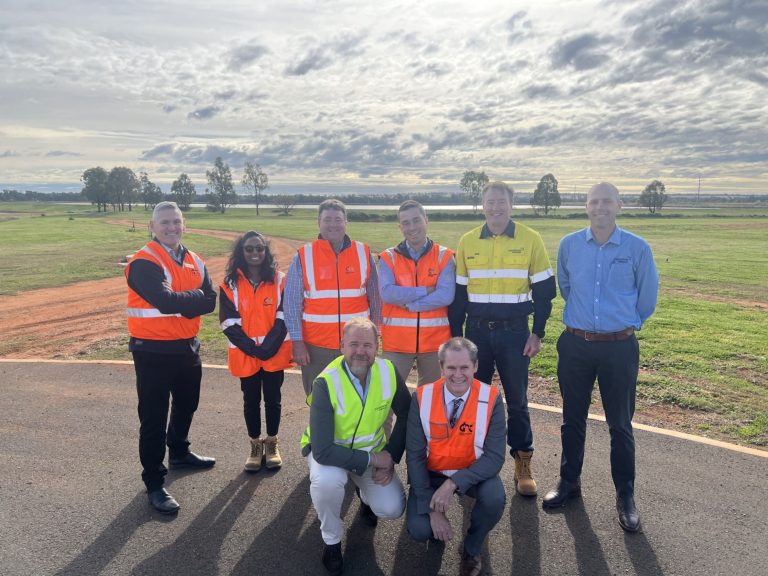
Squadron Energy, Australia’s leading renewable energy company, and Dubbo Regional Council plan to deliver water security to the region through
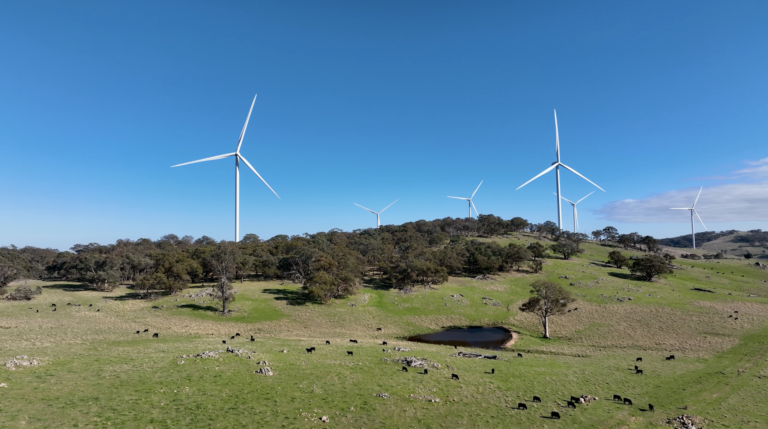
As we continue on our mission to lead Australia’s clean energy transition, we look back on some of our key
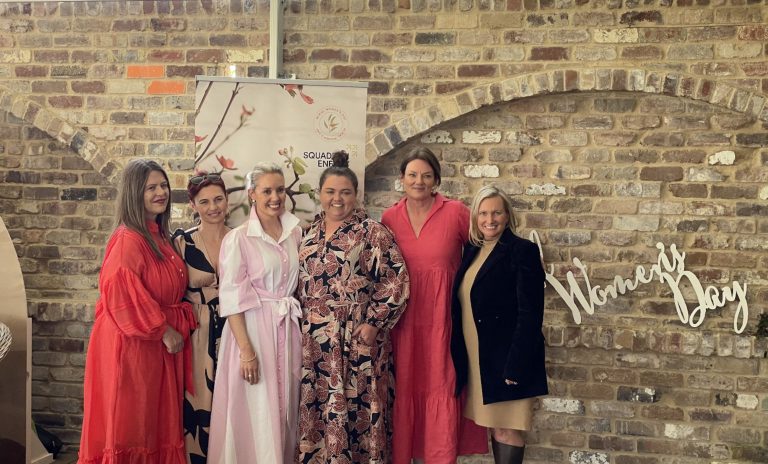
Australia’s leading renewable energy company was a major sponsor for the RWD events to help connect rural and regional women

Wellington Cowboys Senior and Junior Rugby League Football Clubs will continue to play competitively, representing their community, thanks to support
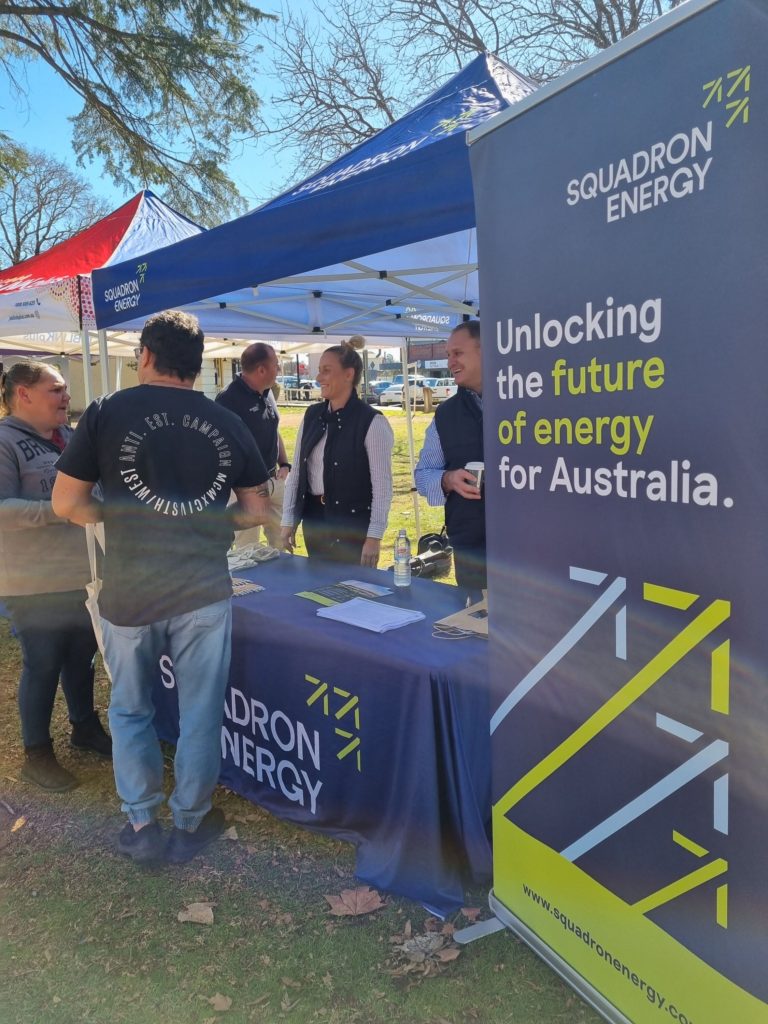
Working in partnership with ARC Wind, Squadron Energy is providing an opportunity for locals to work in the renewable energy

The community is invited to have their say on Spicers Creek Wind Farm with the project’s Environmental Impact Statement (EIS)

We are getting on with the critical delivery of new renewable generation. As confirmed in the latest GenCost report from the CSIRO
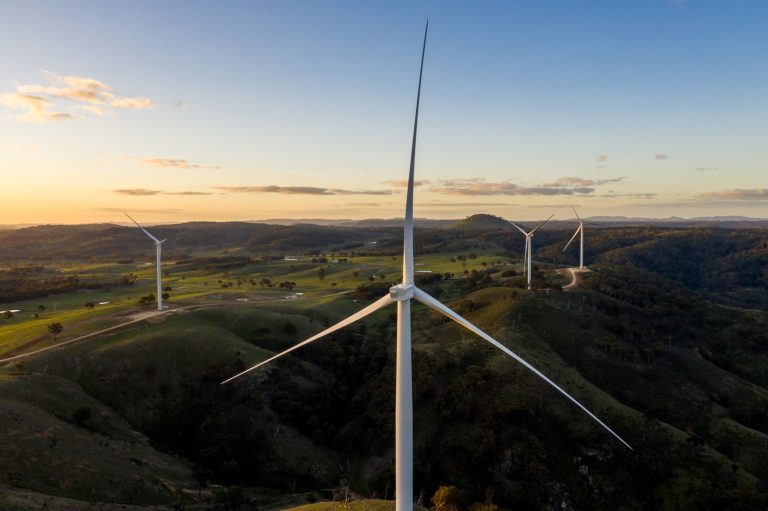
Following collaboration with Dubbo Regional Council (DRC), the terms for a draft Planning Agreement for Spicers Creek Wind Farm have
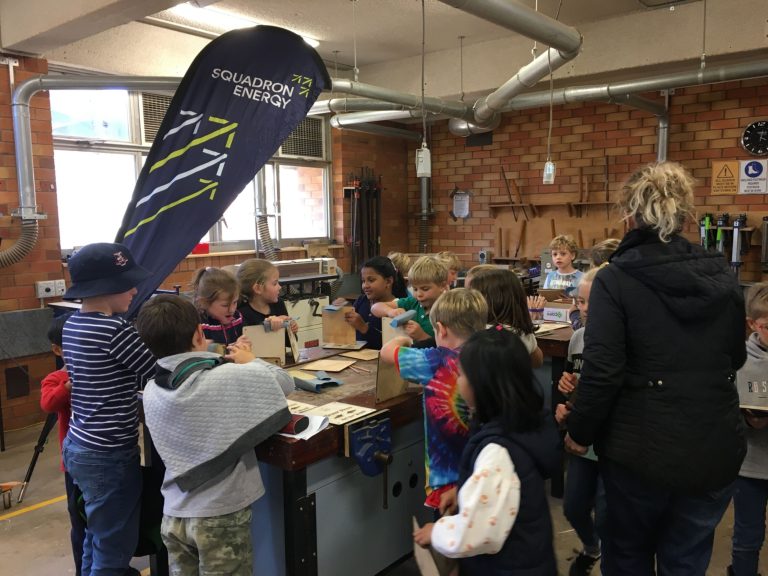
Students from Dunedoo have been given the same artistic opportunities as their city-dwelling peers thanks to a program run by

Wind energy has come a long way in Australia since operations began at the first commercial wind farm in 1987.
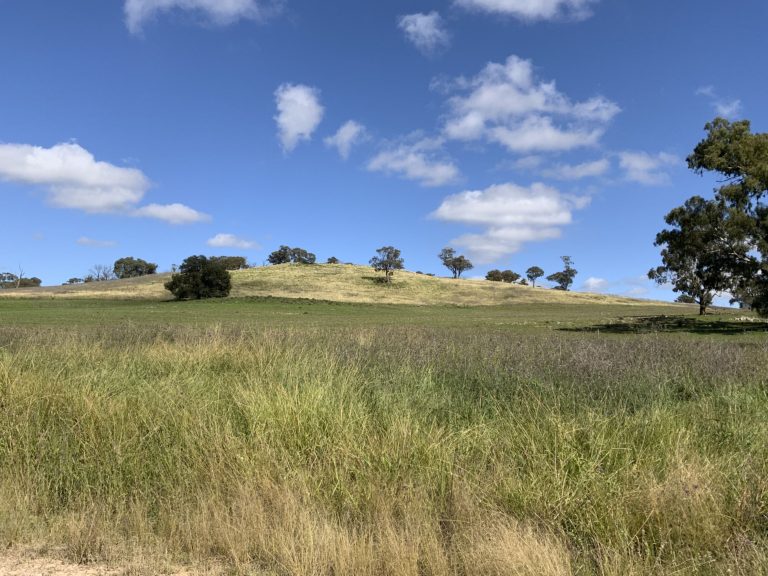
We have been continuing stakeholder engagement for Spicers Creek Wind Farm to inform the Social Impact Assessment (SIA) and Environmental
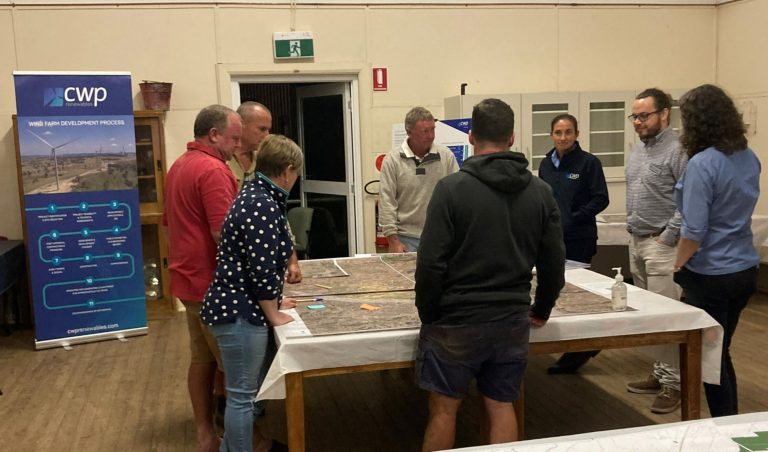
The Spicers Creek Wind Farm team invites you to a Community Drop-In Session to learn more about the proposed wind
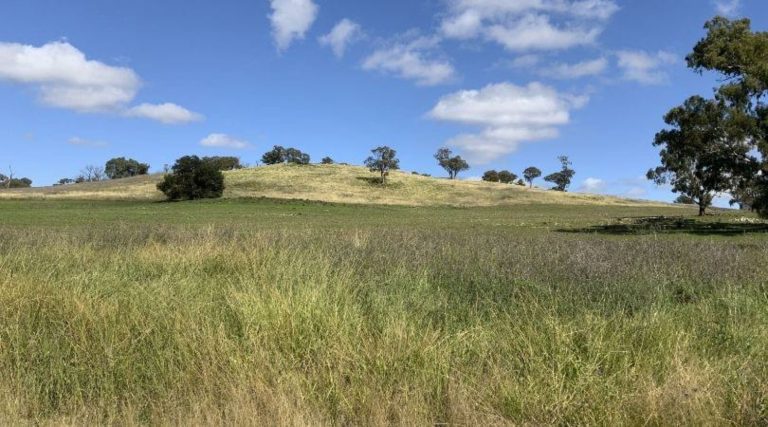
Spicers Creek Wind Farm is currently in the Environmental Impact Statement (EIS) phase, with detailed environmental and social impact assessment

The Spicers Creek Wind Farm team have been continuing engagement with the local community and other stakeholders whilst progressing the
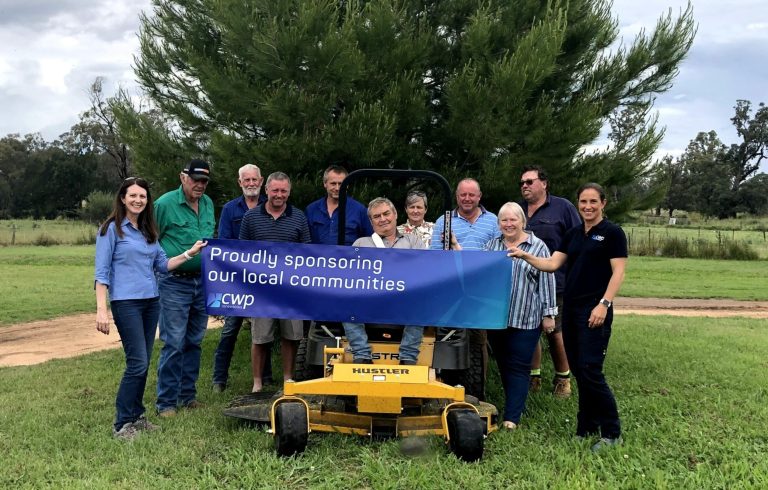
In our latest community newsletter, read about the recent studies and investigations carried out to progress the project; upcoming community
Step 1


Project identification and site selection
Identification and site selection is based on an analysis of opportunities and constraints. Our team then begins community consultation.
Project identification and site selection
Step 2


Project feasibility and community engagement
Site-specific investigations are undertaken to assess the impacts and opportunities of the project and feedback is sought from the local community.
Project feasibility and community engagement
Step 3


Development Application and Environmental Impact Statement
A Development Application is made and an EIS prepared which involves a wide range of studies to address stakeholder feedback received to date and to consider the potential environmental and social impacts of the project.
Development Application and Environmental Impact Statement
Step 4


Public exhibition and Submissions Report
The EIS is placed on public exhibition through the NSW Department of Planning, Housing and Infrastructure. Interested members of the public are invited to have their say during the exhibition period by way of formal submissions. A Submissions Report is then prepared, which aims to respond to the submissions received.
Public exhibition and submissions report
Step 5

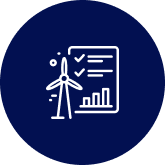
Assessment and development consent
The project documents are assessed by the relevant government authorities. If determined, Development Consent is granted alongside a range of conditions specific to the project.
Assessment and development consent
Step 6


Post approval, contracting and financing
A lead contractor(s) to build the project is appointed and all pre-construction approvals and consents are finalised. During this phase, the lead contractor(s) is provided with a list of local businesses that have registered their interest and capabilities through the project website.
Post approval, contracting and financing
Step 7


Procurement
During this phase our lead contractor(s) engages contractors and suppliers to undertake the scope of the works. Orders are then placed for major components.
Procurement
Step 8


Early works and design
Initial site activities start. Off-site detailed design commences in parallel.
Early works and design
Step 9


Construction - civil works
During this phase of construction, the majority of the civil works takes place. The community is kept informed about temporary impacts during the construction phase.
Construction - civil works
Step 10


Construction - mechanical and electrical completion
During this phase, the major equipment packages are delivered to site. Electrical cabling, buildings and amenities are then installed and major equipment connections are made to complete construction.
Construction - mechanical and electrical completion
Step 11


Commissioning & handover
Electricity and other external service connections are completed and then equipment undergoes performance testing. During this stage, the project will come to life with equipment starting up for short periods of time, until the commissioning team is satisfied with the performance and operational safety. Operators will be trained during commissioning before commencing operations.
Commissioning & handover
Step 12


Operations
The project is operated in accordance with relevant approval conditions and management plans. Compliance with conditions of approval and management plans is monitored as required throughout the life of the project.
Operations
Step 13


Decommissioning
At the end of the project’s useful life, the asset and electrical equipment will be either replaced or the project will be decommissioned. The site will then be returned to its original use or re-purposed for other development.
Decommissioning
The NSW Government has set out a plan to deliver a number of Renewable Energy Zones (REZ) within the State. The first of these areas is in the Central-West Orana region around Dubbo and Wellington.
A REZ involves the coordinated development of new grid infrastructure in energy rich areas to connect multiple renewable energy generators (such as solar and wind farms) in the same location.
The designation of a REZs is intended to result in the development of additional capacity for renewable electricity generation, producing low-cost power for NSW homeowners and business, driving down carbon emissions within the electricity generation sector, and importantly, driving up job growth and employment opportunities through enabling significant investment into the regions.
For more information on the Central West-Orana REZ, including an indicative location, visit https://www.energyco.nsw.gov.au/renewable-energy-zones
For more information on the Central West-Orana REZ, including an indicative location, visit
The wellbeing of the community is a core component of our work. Our approach to engaging with the local community is both genuine and lasting. We own our projects from development right through to operations. This gives us unrivalled experience through the entire project life and provides us with a deep-founded respect for people, communities and the environment.
Our team work respectfully with the communities in which we work, are sensitive to environmental and cultural values and aims to make a positive contribution to the regions in which we operate.
We welcome your contact and feedback should you have any questions or concerns about the proposed Spicers Creek Battery.

